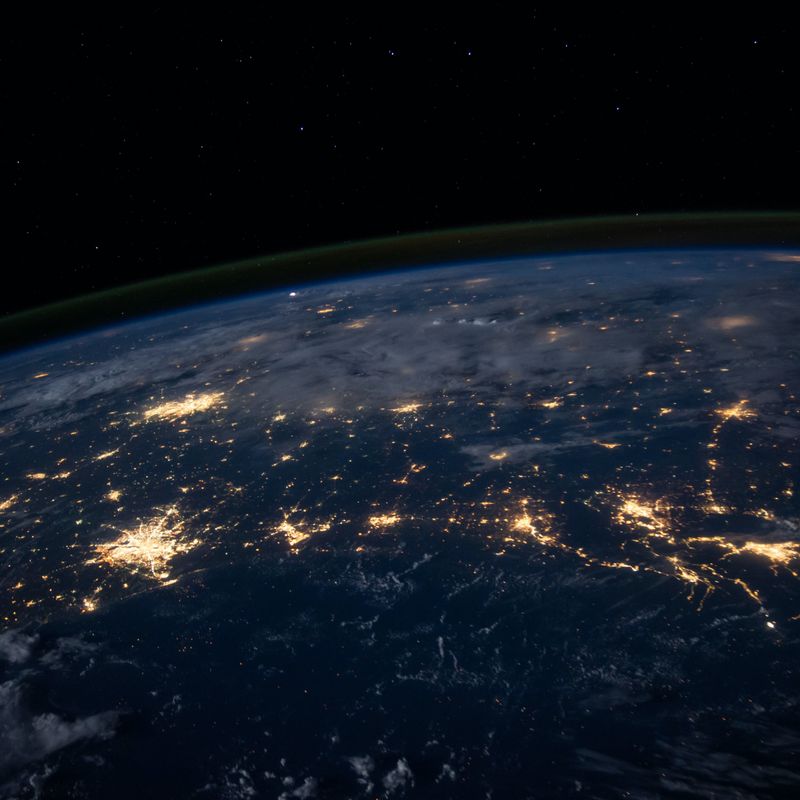
In a previous blog piece, we addressed a much spoken about topic recently – whether the future of the energy storage industry is in jeopardy. The conclusion of this piece was that alternatives needed to be looked at in order to move away from lithium-ion batteries. One of the alternatives that is currently being explored is gravity batteries.
This innovative way of storing energy is underpinned by Newton’s logic – what goes up, must come down. It works by pulling a weight up to a predetermined height and when renewables are limited, the weight is released which powers a generator with a downward gravitational pull. It’s a similar approach to “pumped hydro” which accounts for more than 90% of the globe’s current high-capacity energy storage. Pumped hydro works by funneling water uphill using surplus power and when it's needed, channeling it down through hydroelectric generators. But these kinds of projects are big and expensive with prohibitive capital costs, and they have exacting geographical requirements and require huge amounts of water.
If the world is to reach net-zero, it needs an energy storage system that can be situated almost anywhere and at scale.
Gravitricity, an Edinburgh-based green engineering start-up, is working to make this a reality. In April last year, the group successfully trialed its first gravity battery prototype: a 15m (49ft) steel tower suspending a 50 tonne iron weight. Considerations are being made to build this operation underground, avoiding the need to build towers and instead, using the geology of the earth and disused mine shafts to hold up the weights.
The project already has government backing and is likely to see a functioning prototype by 2024 which is likely to be located in Czech Republic.
Energy Vault, another leading gravity battery company, already have a £325m project up and running in Switzerland, where they have built a modular building called the “EVx” which lifts a pair of 30-tonne blocks up and generates enough energy to power 25,000 homes a day.
With both projects looking to be successful and heading in the right direction, it’s clear the use of gravitricity an alternative to lithium-ion is being considered a viable option to power our future.
Topics covered
Keep reading...
All blogs-
Industry insights
An Insight into Renewable Energy Education and Industry Prospects with Dr. Arjan Abeynaike
-
SOapbox Season Two
The SOapbox Series | Season 2 Episode 2: Demanding space for yourself in the future of solar
-
Latest sector news
A new milestone for Tidal Energy
-
Insight reports
The Importance of ED&I in the Renewables Industry
-
Awards
Spencer Ogden shortlisted for two awards at the 2022 TIARA Recruitment Awards – ANZ





